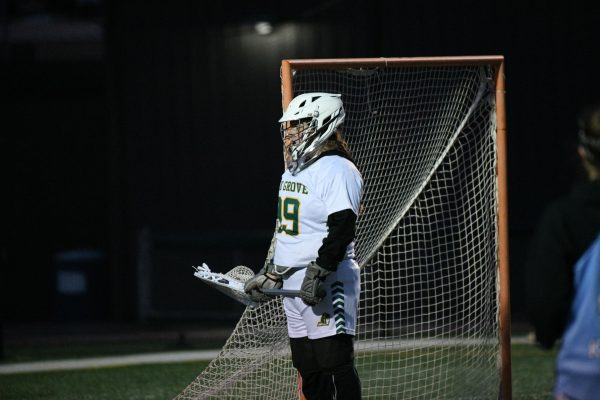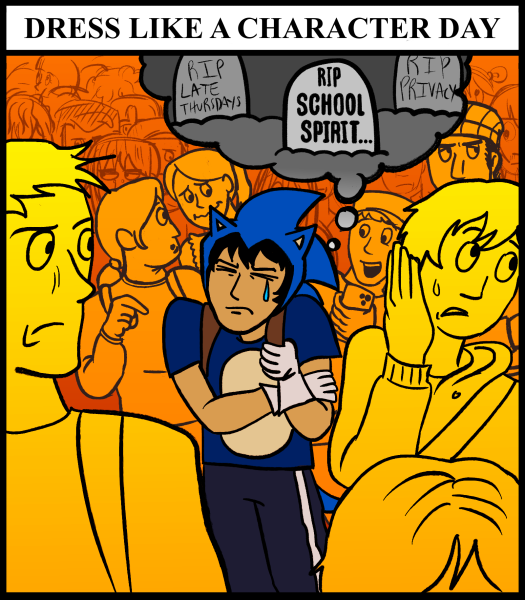Modern horror films too formulaic; genre needs help
November 11, 2016
Sandwiched between summer blockbuster season and award season is the often abhorrent wave of cheap horror films, low-budget slasher sequels and creeper knock offs.
With few exceptions, the horror genre has devolved into an assembly line production of cliches and cheap scares to appeal to mass audiences while studios make as much money as possible. What number “Paranormal Activity” movie are we on now? With Halloween having just passed, I find myself wondering if Hollywood suits have forgotten what true horror is.
In the words of world renowned horror writer Stephen King, “The mythic horror movie, like the sick joke, has a dirty job to do. It deliberately appeals to the worst in us. It is morbidity unchained, our most base instinct let free, our nastiest fantasy realized.”
In other words, we all like a good scare. Major movie studios (I’m looking at you, 20th Century Fox) keyed into this years ago and now follow a formula to deliver audiences the same tired results again and again.
Interestingly, the horror genre is populated with more subgenres than most: monster, slasher, psychological, creeper features, supernatural, etc. Yet, modern horror movies tend to be incredibly similar to each other because they all follow the same pattern.
Take, for instance, the infamous jump scare. Does this sound familiar? All sound drains from the film. A vulnerable protagonist, completely quiet, creeps down an ominously lit hallway. Then, a high pitched jolt of sound rings through the theater, telling the audience to be afraid.
The problem is that the viewer then associates fear with a loud noise instead of whatever they are supposed to be afraid of on screen. When the sound dissipates and the audio returns to normal, the viewer knows the “scary” part is over. When repeated continuously throughout the course of a movie, the audience can predict each scare and all tension is depleted before the climax.
Newsflash: noises are not scary. They’re just really loud. When examining some of my favorite classic horror films, like John Carpenter’s “The Thing” or “A Nightmare on Elm Street” (not the one filmed at Elk Grove), I noticed that when jump scares are utilized, they are unpredictable, used effectively and not accompanied by annoying noises. The terror that those films evoke stems from the rigidity of their stories and the strength of their antagonists, alien and mutilated, metal clawed dream serial killer alike. This is not to say that all modern horror films are bad. 2013’s “The Conjuring” and 2013’s “Under the Skin” stand out to me as breaths of fresh air for a struggling genre. These films broke the mold and didn’t suffer from what I like to call the curse of the found footage horror movie. Ooh. Spooky.
The trend of hand-held horror is one of the quickest and most cost-effective ways to film movies. The first in the “Paranormal Activity” franchise was made for only $11 thousand and grossed $193.4 million… Why am I not making horror movies?!
The continued success of these types of films is driven purely by studio profits and exhibits a distinct lack of creativity. The few films that do offer unique experiences often criminally underperform.
Hollywood listens in terms of ticket stubs and popcorn sales, so while the rest of the world is snoring through “Blair Witch 5,” I’ll be scared out of my mind by some indie film you’ve never heard of.


